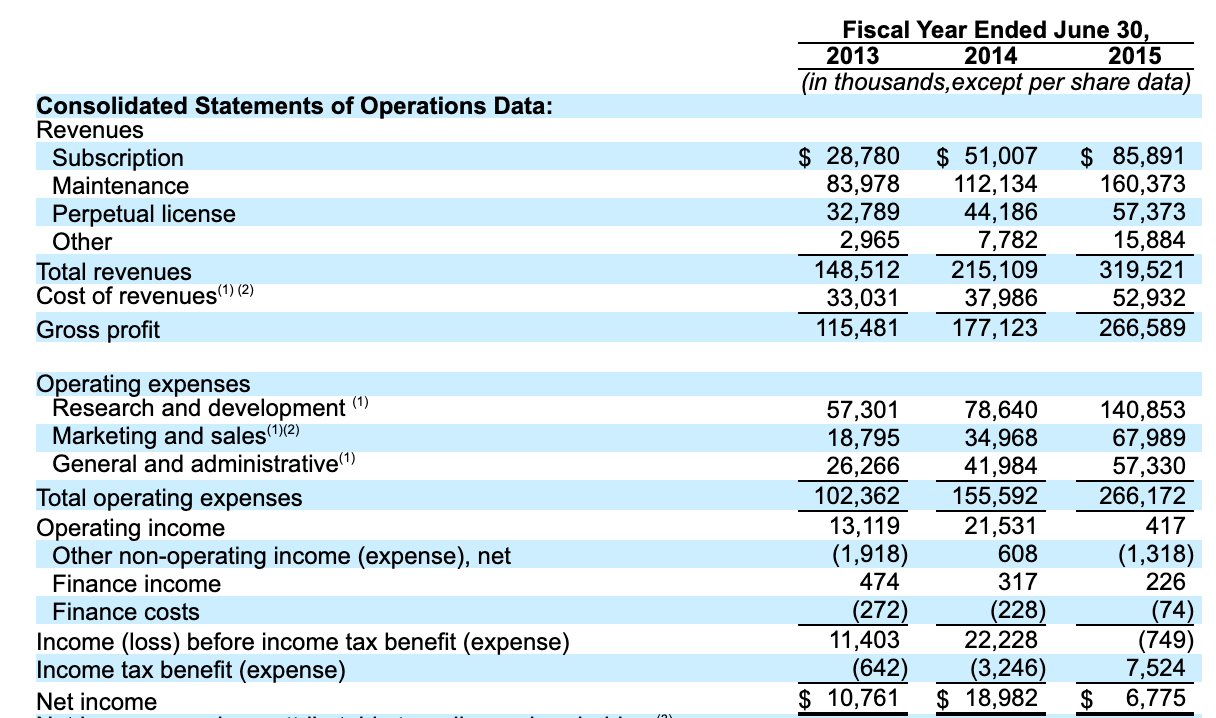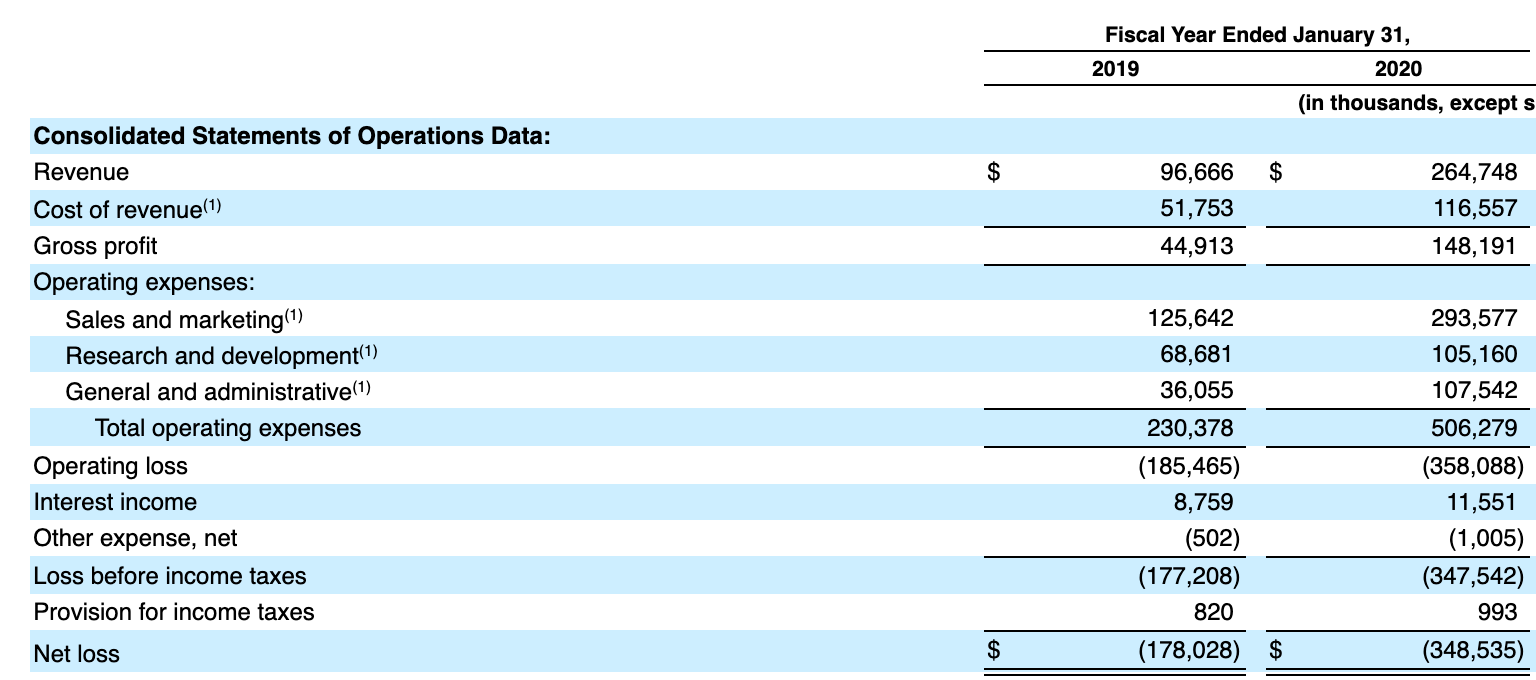Customers as investors
Octopus is a bootstrapped software company, and so there are no investors that have put money "into" the business. As a result, every dollar we've ever used to build our business has come from customers.
There's something humbling and powerful about this. The fate of our business - whether we continue to grow indefinitely, or shut down - is determined entirely by our customers. Not by pitching to investors.
Software has very little "cost of goods sold". It's not like a customer pays $2300 to license our software, and then we go and code it for them on the spot, like a restaurant preparing a meal. The cash needed to produce the software that the customer bought was already spent a year ago. There are a few variable cost (effectively, sales & support, credit card processing, and web hosting), but they make up a fraction of the price. So the cash that a customer gives us - the vast majority of it - actually goes towards building the next version of the software, or the next set of things that make the company better to do business with.
If every dollar we've used to build the business has come from customers, and most of every dollar goes towards building the future, then it's quite correct to say that our customers are our investors.
Which I think is a powerful lens to look at building the business through.
As a customer of your software company, where would I want you to spend the investment I'm giving you?
For most customers it probably looks like this:
- Making the product better - bug fixes, performance, enhancements
- New features that make the product more useful to me
- Providing a high level of customer support, documentation and so on
There's also a customer-centric case to investing some of it in sales and marketing though.
- Marketing helps more people hear about the product, understand what it does and why it's useful. If more people use the product, you'll be able to hire people who have used it before, and it's more likely to be around in a few years.
- Sales - when done well - helps people to really understand all the ways the product can help them with their unique needs. You'll get a lot more value out of using a product if there's competent, customer-centric sales people working with you.
Finally, there's a customer-centric case for being profitable too, which goes like this: profit is the guarantee that the company will remain in business and be able to grow. If 30% of the revenue a company makes goes to profit, the company will never need to raise funds or be at risk of shutting down.
Where does my money go as an Octopus customer?
So, if you spend $2300 on Octopus Deploy today, where does that money go? To you, as a customer, can I justify how we spend it?
In my update last year I shared this breakdown of the various departments in Octopus. This is effectively where every dollar goes, except for the profit margin - we're a profitable company. We have other costs - Octopus Cloud hosting costs, web hosting, build servers, etc. - but the vast majority goes to salaries & people. We're also quite profitable, which is the guarantee we'll be around for a long time.

I feel pretty proud of this - most of every dollar you spend with us is going back into improving the product, or providing great customer service. Very little of it is going into sales & marketing, and overheads are quite low.
What about other companies?
What if you buy from other software vendors - is there a way to see where your $1 goes?
If it's a public company, you can find it in their annual reports or S1. For example, in Atlassian's S1 when they listed on the NASDAQ, they show their profit & loss statement (page 10).

If reading financial statements isn't your thing, here's how I'd read it:
- $319M in revenue - roughly cash their customers gave them
- $52M in cost of revenues. This will be their cloud services (JIRA Cloud etc.) plus support team costs. About 16%.
- $140M in R&D - this is the software team. About 43%.
- $67M in sales & marketing. About 21%.
- $57M in G&A, or about 17%.
- $6M in net income - profitable but obviously reinvesting most of it.
All big generalizations here of course, but if you were an Atlassian customer in 2015, it's a good proxy for how they spent - or invested - the money you paid them.
All software companies are different. In Snowflake's S1, for example, they spend nearly $300M on sales and marketing, with only $100M spent on R&D. Also, they post a $358M loss for the year. Of course they can do that because they have $800M on their balance sheet thanks to venture funding - sign of the times we're in I suppose. But the ratio of sales & marketing spend vs. R&D spend tells you a lot about where your dollar goes.

If the company isn't public, but you are curious, you can get a rough idea from LinkedIn. I think you need the "Premium" version of LinkedIn to see these insights though.
For example, here are a few private companies:

Generally there seem to be two ways to grow software companies - heavy focus on sales & marketing, or heavy focus on product. But even for companies that are very product centric, 30-40% engineering seems to be the maximum. Hashicorp is a company I think of as innovative and product centric but engineering maxes out at 37%.
Anyway, this lens of "as an Octopus customer, can you justify where you spend my money" as a powerful lens to look through as we make plans for the future.
